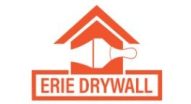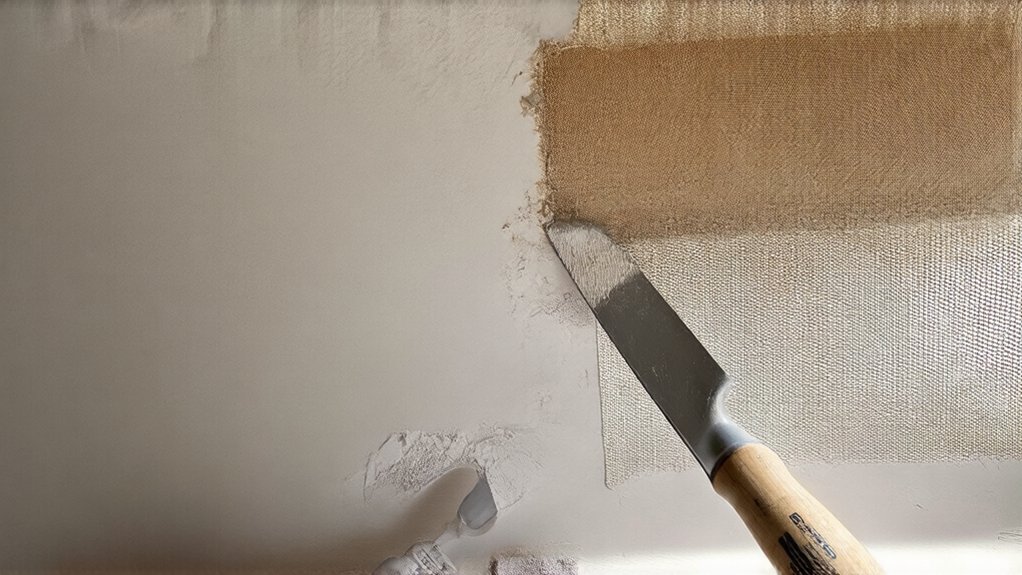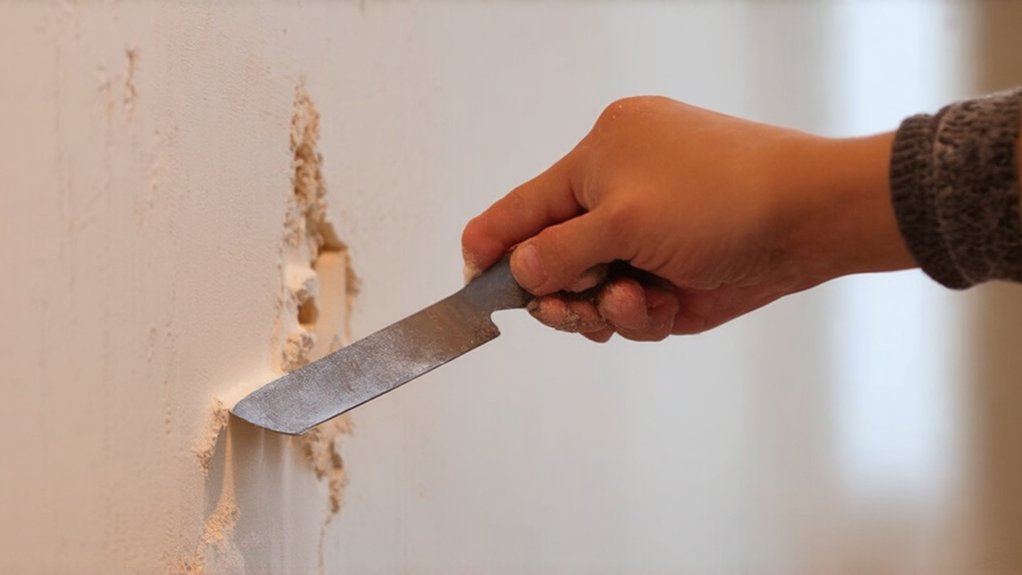You're tackling a large drywall hole, but don't worry, it's manageable. Start by evaluating the damage, then gather tools and materials. Clean the area, cut a patch, and apply joint compound to secure it. Sand and smooth the repaired area, and finish with paint. By following these steps, you'll be on your way to a seamless repair, and as you move forward, you'll uncover a straightforward process to restore your wall.
Assessing the Damage
When evaluating the damage, you'll likely wonder how badly your drywall is damaged. Assessing hole size is pivotal, as larger holes require more repair work. Skilled contractors in Erie can help homeowners tackle even the most challenging drywall repairs efficiently. You're also identifying wall structure, checking for any beams or studs that may be affected. This appraisal will help you determine the best course of action, making you feel more in control of the repair process, and that's a great first step towards fixing your drywall and getting your space back to normal.
Gathering Necessary Tools and Materials
You'll need several essential tools and materials to repair your large drywall hole. Start by measuring wall thickness to choose the proper drywall type. Drywall repair professionals in Erie, PA recommend having all necessary supplies before beginning the project. Consider the location and size of the hole when gathering materials. You'll need a patch, joint compound, and screws. Don't forget a putty knife and sandpaper for a smooth finish. Gather these tools and materials to guarantee a successful repair, and you'll be on your way to fixing that hole and feeling a sense of accomplishment.
Cleaning the Area Around the Hole
Now that you've gathered your tools and materials, it's time to focus on the area around the hole. You're taking a big step towards a successful repair.
Remove dust and debris for proper surface preparation. Effective dust removal guarantees a strong bond between the old and new drywall. Clean the area thoroughly, and you'll be ready to move forward with your repair, feeling more in control of the process.
Cutting a Patch for the Damaged Drywall
Because a strong repair depends on a well-fitted patch, cutting a patch for the damaged drywall is an essential step. You're taking control of the repair, and that's a great start.
When measuring patch size, consider the hole's dimensions. Cutting the patch accurately is pivotal, so take your time. Measure carefully, then cut the drywall patch to fit the damaged area, ensuring a seamless repair process.
Applying Joint Compound and Securing the Patch
As you prepare to apply joint compound, it's vital to work in a well-ventilated area, and wearing a mask can help minimize dust inhalation. You're part of a community that fixes things together.
- Apply joint compound
- Secure the patch
- Blend the patch
- Texture the joint compound to match the surrounding area, blending the patch for a seamless fix.
Sanding and Smoothing the Repaired Area
When you've completed the initial repair steps, it's time to focus on sanding and smoothing the repaired area. You're getting closer to a flawless wall.
Use joint compound techniques to feather the edges, ensuring a seamless blend. Apply texture application to match the surrounding area, creating a uniform look.
Sand carefully, and you'll be amazed at the progress you've made, feeling a sense of satisfaction and belonging in your newly repaired space.
Painting and Finishing the Wall
You're almost done with the repair, and it's time to focus on painting and finishing the wall. Start by priming the surface, then blending the patch. Consider:
- Applying a coat of primer
- Matching the wall's original color
- Using a roller for large areas
- Adding a second coat for coverage
Frequently Asked Questions
Can I Use Spackling for Large Holes?
You're wondering if you can use spackling for large holes, but it's best to use joint compound with proper hole preparation for a strong, lasting repair, don't you think?
Is Drywall Repair a DIY Task?
You're considering DIY drywall repair, but it requires specialized tools and raises structural integrity concerns, so it's not always a task you can tackle alone, don't you think?
What Causes Drywall Holes?
You're likely wondering what causes drywall holes, and it's often accidental impacts or improper installation that creates them, making you feel like you're not alone in dealing with these issues.
Can I Paint Over Repairs Immediately?
You can't paint over repairs immediately, considering paint curing time and drywall texture matching, you'll want to wait, joining others who prioritize patience for flawless finishes.
Are Drywall Repairs Permanent Fixes?
You're wondering if drywall repairs are permanent, considering hole durability and structural integrity, they can be, if done correctly, giving you a sense of security and belonging in your home.



